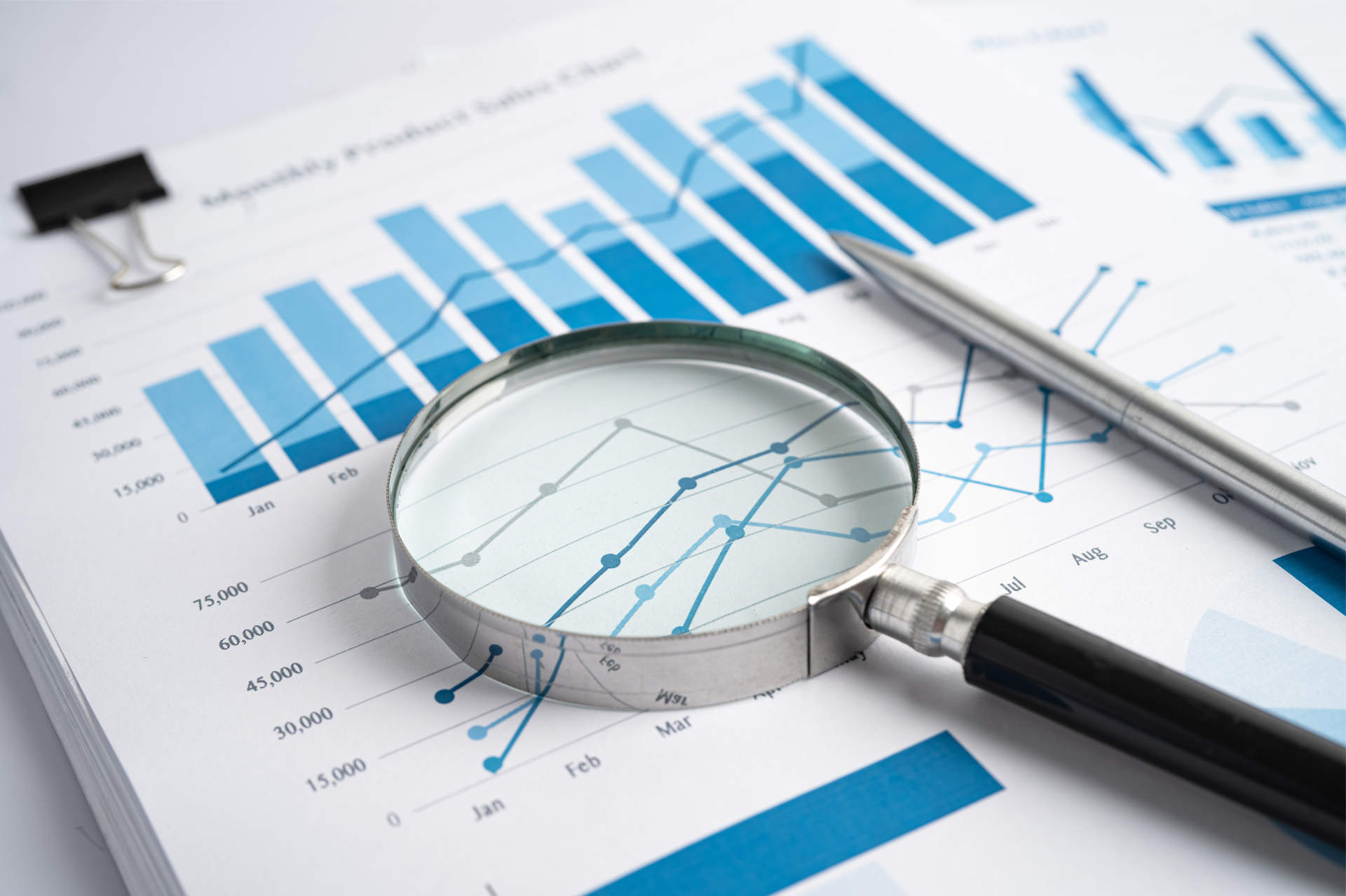Driving Sales Order Processing Excellence: Key Focus Areas and Essential KPIs
Roger Knocker • March 20, 2024
Driving Sales Order Processing Excellence: Key Focus Areas and Essential KPIs
In the ever-evolving realm of business operations, mastering sales order processing is pivotal for organizations aiming to stay ahead of the curve. I've delved deep into the intricacies of sales order processing to unearth the key areas that drive high performance and the essential KPIs to measure success. In this blog post, I'll unveil these insights to empower you in optimizing your sales order processing operations.
1. Order Processing Time Efficiency:
2. Accuracy in Order Fulfilment:
3. Inventory Management Optimization:
4. Order Tracking and Visibility:
5. Cost Management through Financial Strategy:
Key Focus Areas for High Performance
1. Order Processing Time Efficiency:
- Minimizing the time taken from order placement to fulfilment is critical. Streamlining order processing workflows and leveraging automation technologies can significantly reduce lead times, enhancing customer satisfaction and operational efficiency.
2. Accuracy in Order Fulfilment:
- Ensuring accurate order fulfilment is paramount to building trust with customers and minimizing costly errors. Implementing robust quality control measures and regular performance reviews can help maintain high accuracy levels.
3. Inventory Management Optimization:
- Effective inventory management is essential to prevent stockouts, overstock situations, and associated costs. Adopting inventory optimization techniques such as demand forecasting and just-in-time inventory replenishment can enhance efficiency and reduce carrying costs.
4. Order Tracking and Visibility:
- Providing customers with real-time order tracking and visibility enhances their overall experience and fosters transparency. Investing in advanced tracking systems and communication channels can improve customer satisfaction and loyalty.
5. Cost Management through Financial Strategy:
- Implementing a robust financial strategy is crucial for optimizing sales order processing costs. Capital allocation, technology, and automation play pivotal roles in driving cost efficiencies while maintaining quality standards.
Here are some suggested Key Performance Indicators
- % OTIF (On Time and In Full) Delivery Performance
- % OTIFAQ (On Time; In Full; At Quality) Order Fulfillment
- % First Time Orders
- % Perfect Orders
- $ Back Orders
- % Customer Complaints Resolved Within X Hours
- % Online Orders to Total Orders
- $ Cost of Goods Sold (COGS) to Revenue Ratio
- % Reduction in Order Processing Costs Through Automation
- % Accuracy of Financial Reporting and Analysis in Order Processing
- % Forecast Accuracy in Predicting Sales Orders
- % Reduction in Order Processing Risks Through Risk Management Strategies
Feel free to sign up for the KPI spreadsheet to access these and additional KPIs in a structured format that offers better context.
Watch the video below to see what you will get and how to use the KPI spreadsheet to take the guesswork out of KPIs

In the world of finance, numbers tell a story. However, that story is often buried beneath layers of spreadsheets and complex datasets. For financial professionals, the challenge is not just about understanding these numbers but also presenting them in a way that drives decision-making and inspires action. Enter data visualisation – the art of transforming data into clear, compelling visuals. Among the tools that have proven especially powerful are the line graph and the waterfall chart. These visuals help finance teams translate dry statistics into impactful narratives. In this article, we explore how these graphs can transform financial storytelling. The Importance of Data Visualisation in Finance Finance professionals are accustomed to handling vast amounts of data, from profit margins and revenue growth to expense tracking and risk assessments. Yet, presenting these figures effectively to stakeholders is a different ballgame. Visualisation simplifies this process, turning complex data sets into accessible insights. When done correctly, data visualisation: Enhances comprehension: Humans process visuals 60,000 times faster than text, making it easier for stakeholders to grasp key information quickly. Drives decision-making: Clear and compelling visuals help executives make informed decisions without wading through dense reports. Highlights trends and outliers: Visual tools can bring hidden trends and anomalies to light, prompting timely actions. Improves understanding and communication with business - Business doesn't always get what Finance is trying to communicate and good visualisations go a long way to bridging the gap. Better communication improves alignment to strategic financial goals. The line Graph: Unravelling Trends Over Time The line graph, also known as a stream graph or a stacked area graph, is a powerful tool for visualising changes in data over time. It is especially effective in showing how multiple categories contribute to an overall trend. In finance, line graphs can illustrate revenue streams, expense categories, or investment performance in a visually engaging manner. Use Case: Revenue Streams Analysis Imagine a financial report for a company with diverse revenue streams, such as product sales, services, and subscriptions. A line graph can display how each stream has evolved, highlighting peaks and troughs. The thickness of each ‘line’ represents the contribution of that revenue stream to the total, making it easy to spot which areas drive growth. Benefits of line Graphs: Trends Made Simple: Displays how multiple components evolve over time. Visual Impact: The fluid, organic design makes it easier to follow changes. Comparative Insight: Helps compare different categories intuitively. The Waterfall Chart: Bridging the Gap Between Figures Waterfall charts excel at breaking down the cumulative effect of sequential data points, making them ideal for financial analysis. They help bridge the gap between figures by showing how individual elements contribute to a total. Commonly used in profit and loss statements, budget analysis, and variance reports, these charts provide clarity in understanding how specific actions impact the bottom line. Use Case: Profit and Loss Analysis A financial analyst preparing a quarterly report might use a waterfall chart to demonstrate how various factors—like increased sales, higher marketing spend, and cost savings—impacted net profit. The chart’s structure, with its clear progression from starting figures to the final result, makes it easy for stakeholders to follow the financial narrative. Benefits of Waterfall Charts: Clarity: Simplifies complex financial data by showing individual contributions to total figures. Transparency: Clearly distinguishes between positive and negative impacts. Decision Support: Helps executives understand the key drivers of financial performance. Choosing the Right Visual for the Right Data Selecting the appropriate visual tool depends on the story you want to tell: Use line graphs for illustrating trends across multiple categories over time. Opt for waterfall charts when you need to detail the step-by-step impact of specific factors on an overall financial figure. By mastering these tools, finance professionals can enhance their storytelling, transforming raw data into insights that drive strategic decisions. Conclusion: From Data to Decisions The ability to visualise data effectively is a powerful advantage. The line graph and waterfall chart are more than just visual aids—they are essential tools for financial professionals looking to make data-driven decisions that resonate with stakeholders. By adopting these techniques, finance teams can turn numbers into narratives that not only inform but also inspire action. In the end, the power of finance lies not just in analysing data but in presenting it with impact.

